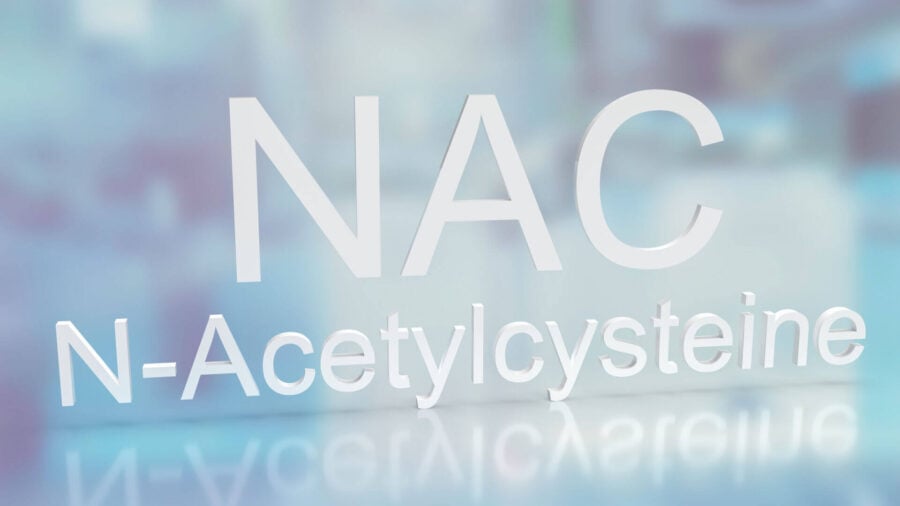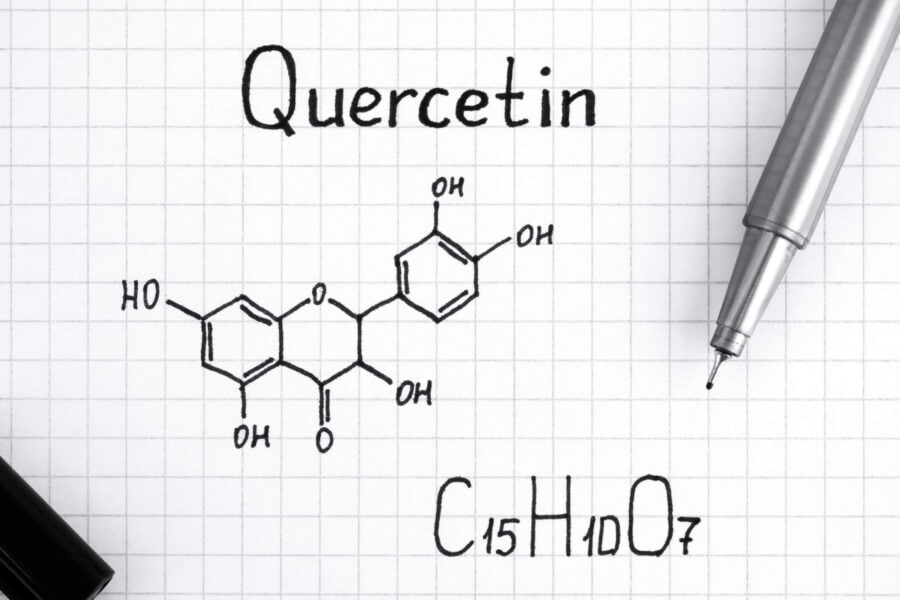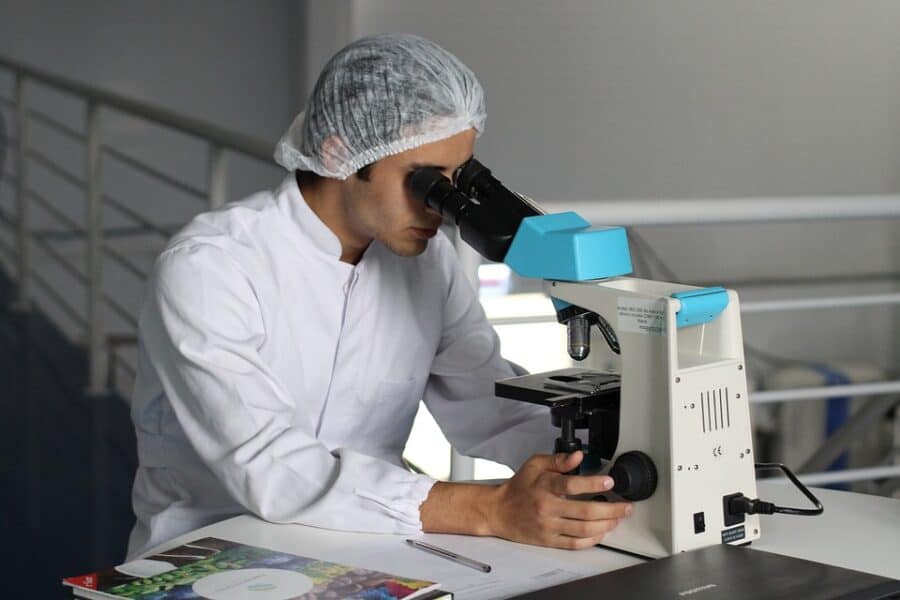Do the molecules NMN & SS-31 synergistically enhance aged heart function?
A research study conducted on old mice treated with the molecules nicotinamide mononucleotide (NMN) and SS-31 found that the two molecules worked synergistically to recapitulate the metabolism and function of young hearts.
Cardiovascular disease is a leading cause of death in older people, with a higher mortality rate than all forms in cancer in seniors older than 75 years combined. Phases of the heartbeat are disrupted when the heart’s function declines with age, and this is especially so when the heart pumps out and fills with blood. The health costs and high mortality rate attributed to cardiovascular disease make it important to seek out therapeutic options for treating dysfunctional heartbeat and overall cardiac health.
Scientists from the University of Washington, St. Louis, recently published a study in Aging Cell where they found that two therapeutic options NMN and SS-31 improved cardiac function in old mice, thus returning them to similar levels to that of young mice.
When the old mice were administered with both NMN and SS-31, the researchers found that different elements of cardiac function improved and that combining them created a synergistic enhancement in their overall heart function.
Researchers said that “these results may have strong clinical relevance and imply that synergistic treatment with the two drugs in combinations may be more effective at treating age-related heart dysfunction than either given alone.”
Previous studies indicated that SS-31 reduces cellular stress, but it remains unclear as to why. Indications show that SS-31 promotes health in the mitochondria, otherwise known as the cell’s “powerhouse”. This promotion contributes to these cellular benefits.
NMN converts to and increases levels of a molecule called nicotinamide adenine dinucleotide (NAD+). NAD+ plays an essential role in cellular energy production and ongoing health. NMN increases cellular NAD+ levels to enhance cellular energetic capacity and thus improves mitochondrial health. This evidence is supported by clinical trials on mice that finds NMN ingestion reduces signs of ageing and age-related illness.
These reasons are why the University of Washington decided to test the synergistic effects of both molecules on aged mice hearts. The researchers treated older mice with NMN and SS-31 in combination and individually, with both treatments resulting in diminished age-related metabolic alterations in cardiac function.
They then went on to measure the ratio of the metabolites adenosine triphosphate (ATP) and phosphocreatine (PCr) in the heart during experimentally-induced elevations in the old mices’ heart rate. This measurement assesses how efficiently the heart can respond to enhanced work by determining the degree which the phosphates stored in PCr that create energy for contraction are reduced from cardiomyocytes receiving increased demand for the ATP.
The researchers concluded that administering old mice with either molecule in combination or individually improved age-related alterations in the rate of the metabolites PCr to ATP. The reversal of alterations in this ratio with either treatment in combination or individually showed a restored capacity of the older mice hearts to handle an increased heart rate and workload.
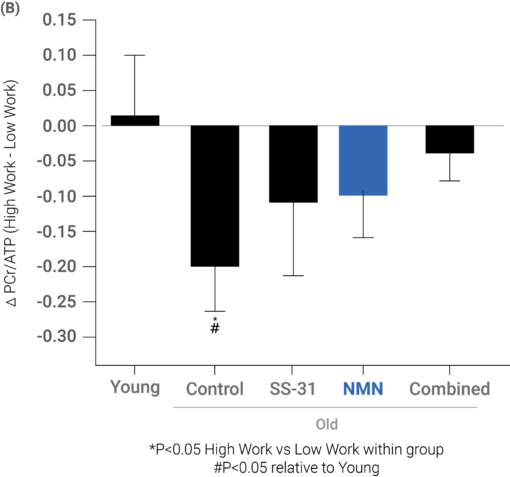
(Whitson et al., 2020 | Aging Cell) NMN, SS-31, individually or in combination restored old mices’ metabolic profile (B). Treatment with NMN, SS-31, or the combination of both molecules enhanced the metabolism in older hearts closer to that of younger mice. This is represented in the PCr/ATP ratio.
Furthermore, the researchers found that administering older mice with either NMN or SS-31 resulted in different aspects of cardiac function improvement. Older mice treated with SS-31 displayed dramatic rejuvenation to diastolic function. This is the period of the heartbeat where the heart’s chambers fill with blood. NMN administration ushered in big improvements in systolic function, the phase of the heartbeat where the heart pumps blood into the body. Combined treatment with NMN and SS-31 improved both systolic and diastolic function.

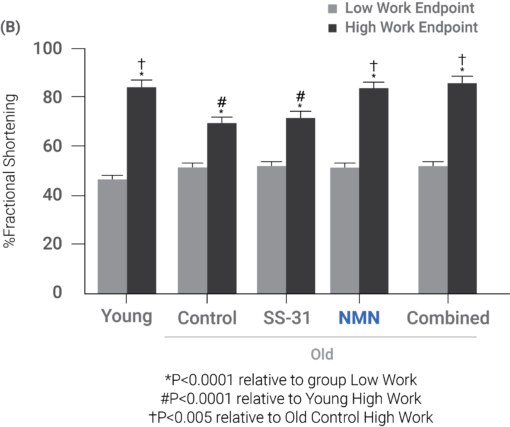
(Whitson et al., 2020 | Aging Cell) SS-31 enhances the phase of the heartbeat with the heart’s chambers fill with blood. This is known as the diastolic function. NMN administration improves the phase of the heartbeat where the heart pumps blood into the body. This is the systolic function. Administering both in combination improves both functions in older mice (A). After treating older mice with the molecule SS-31, diastolic function, as shown by the Ea/Aa ratio, improved to levels seen in that of younger mice. These enhancements also came with a combination of both NMN and SS-31. After treating aged mice with NMN, the older mices’ systolic function, shown by percent fractional shortening, in higher workload conditions improved to levels shown in younger mice. Similar results were found with a combination of these treatments in older mice.
“Since giving the drugs in combination conferred both diastolic and systolic improvements, but neither prevented nor further added to the individual improvements, the data imply that the drugs use two independent mechanisms to achieve these functional benefits,” the researchers said.
Conversely, NMN contains a more acute effect than that of SS-31, with NMN’s effects completely disappearing 10 days after cessation of treatment. SS-31’s effects perpetuate for many weeks after treatment cessation. The conflicting timelines of efficiency are conducive with the proposal that NMN primarily works to increase NAD+ levels thereby quickly increasing heart muscle energy supply, whereas SS-31 restores mitochondrial efficiency and lessens cellular stress to usher in remodeling of the heart’s cells.
The University of Washington’s research indicates that the two drugs can be ingested in unison to restore both systolic and diastolic functions. “By testing SS-31 and NMN together in mice, we were able to provide new insight into the effects and mechanisms of each drug in the heart,” said researchers. The team said that the results insinuate that treatment in unison could be more efficient in treating age-related cardiovascular disorder than treatment with one drug on its own. They concluded the study by stating using complementary drugs could increase the human healthspan.
